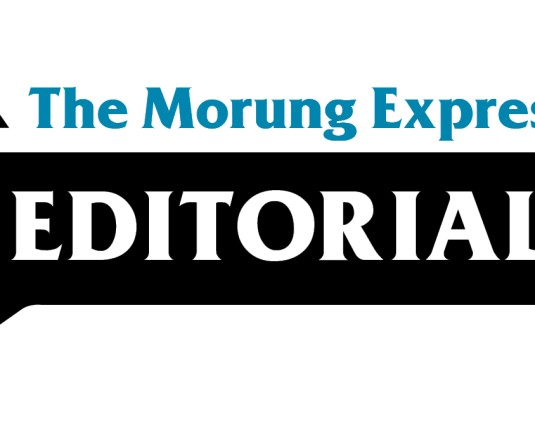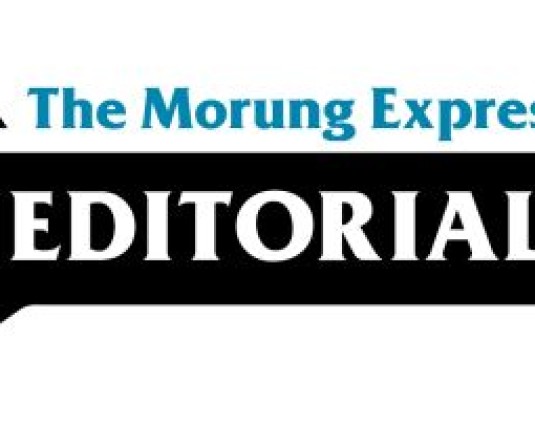
Every popular struggle for their rights has at various points of time been faced with the difficult question of who will carry on from the present leadership. The over-dependence on the present leadership and the relatively obscure faces of the next generation of leaders has often created unnecessary tension and uncertainty around questions of leaders and leadership. History has quite clearly shown that peoples movements have the tendency to evolve and revolve around individuals, and though the movement represents the aspiration of the collective, it is often the charisma and personality of individuals that enable a movement to grow, and often succeed.
For instance, the Indian movement for independence against colonial forces was the embodiment of the peoples desire for independence, and yet one will agree that the movement to a large extent revolved around Mahatma Gandhi. It was Gandhi’s charismatic and practical leadership that face the Quit India movement much more visibility and dynamism. The same can be said for the African National Congress, that though there were many dynamic and able individuals within the ANC, it was the personality, experience and leadership of Nelson Mandela that became the global image of the African struggle against apartheid. This same scenario is repeated in East Timor, Nepal, Kosovo and many other contemporary situations of struggle.
The public perception of a leader therefore has in many ways shaped the destiny of the movement. In all these experiences, while the popular movement is undoubtedly larger than the individual leader; the future of the people has become intimately connected to that of the individual leader. This become even more true for situations in which the individual has occupied the position of leadership for an extended period of time. The present situation in Burma and the upcoming elections poses this dilemma for the pro-democracy movement. Though Aung San Suu Kyi is perceived to represent the Burmese struggle for democracy, the ethnic nationalities may not share the same point of view. It will be therefore be essential for the Burmans and the ethnic nationalities to engage in a broader dialogue of their political relationship in which the question of leadership is naturally embedded. Perhaps this is an opportune moment for Burma to identify and develop a new group of future leaders.
With the passing away of present leadership, many movements have found themselves leaderless; thus virtually forcing the movement to start all over again, or sometimes even causing splinters. This raises the fundamental question, do popular movement invest enough to build a second tier of leaders, who one day will assume the top leadership. Unfortunately, not sufficiently! This perhaps has been the weakest aspect of most movements. Most governments have noticed and exploited this particular oversight prevalent in movements, and have even deceitfully contributed to the process by zealously promoting a particular leader and creating an aura that prevents a second tier of strong leadership to develop. The nurturing and strengthening of second tier leadership is a fundamental necessity in any popular movement. It is a question that the Nagas too will invariably need to ask themselves.





